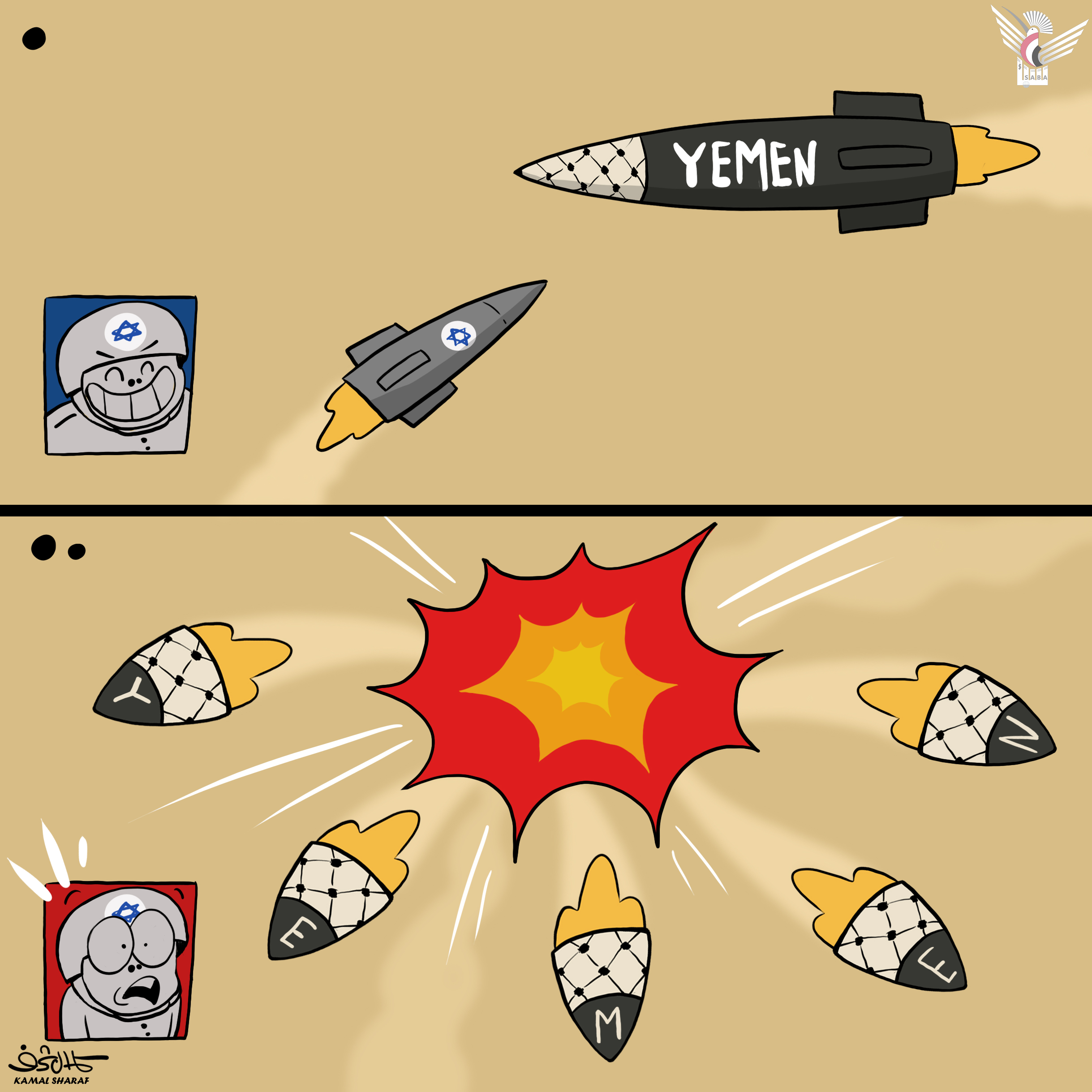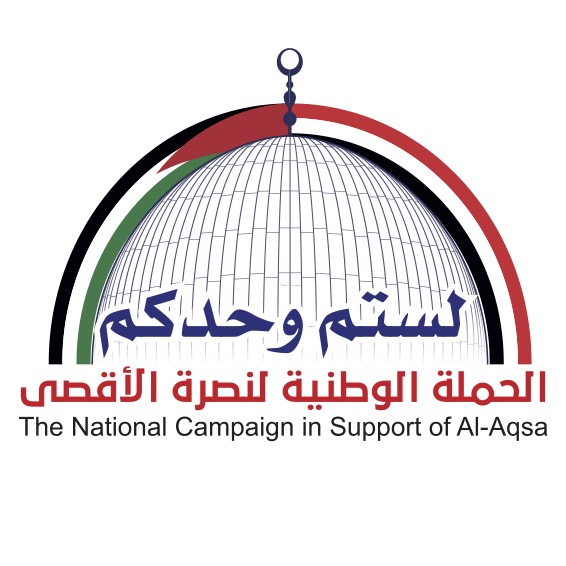SANAA, April 2 (Saba) - Although the U.S. military plays a minor role in directly supporting operations in Yemen, the Saudi war effort draws indirectly on the large U.S. training missions and contractor support services that keep the kingdom’s armed forces operating.
In 2008, the U.S. Army set up a smaller Ministry of Interior-Military Assistance Group to help the Saudis develop critical infrastructure security capabilities and build out their Facilities Security Forces, Special Security Forces, Border Guards, and General Security Aviation Command.
This training mission contributes to protecting the world’s largest energy installations and developing the Border Guards, the force that has suffered the highest casualties in the Yemen war due to Houthi raids into Saudi Arabia.
Another few hundred U.S. military personnel and contractors oversee the U.S. Army’s Office of the Program Manager-Saudi Arabian National Guard (OPM-SANG). This mission has operated continuously since 1973 to organize, equip, and train SANG, a multi-brigade collection of armored infantry, helicopters, and artillery that has become the kingdom’s second-largest land force. According to Washington Institute data obtained from research along the Saudi-Yemeni frontier, the kingdom has suffered hundreds of fatalities each year from attacks on its Border Guards and missile strikes on southern Saudi towns.
The historical homeland in Saada governorate of Yemen has borne the brunt of the Saudi-led coalition’s bombing campaign, while coalition warplanes continue to conduct airstrike raids within the governorate, Houthi forces have responded by firing artillery across the border and an increasing number of long-range ballistic missiles at targets within Saudi Arabia, in particular after the breakdown of the alliance with Ali Abdullah Saleh.
The army and popular committees missiles caused casualties Saudi soldiers in Riyadh for the first time, marking a serious escalation in the missile campaign, a report issued by the New York Times later revealed that US Green Berets had been deployed to the border region to assist Saudi forces in targeting missile launch sites in Yemen following the attack.
In addition to Saudi ground troops, soldiers combating Houthi and missile barrages reportedly include Salafist militiamen from the southern regions of Yemen and a number of other coalition troops, such as Sudanese soldiers and Green Berets from the US army.
Throughout the war, Al-Houthi officials have made it clear that missiles were launched at targets within Saudi Arabia in response to airstrikes on Yemeni territory.
Border and missile defense assistance. On April 17, Assistant Defense Secretary for International Security Affairs Robert Karem told Congress that “roughly 50” U.S. personnel had been deployed to Saudi Arabia to advise “on Houthi ballistic missile threats to the kingdom.” Media outlets have reported that U.S. personnel are also helping Saudi border forces reduce their casualties from Houthi roadside bombs.
The latest statistics from U.S. Central Command suggest that American forces are supporting the Saudi air campaign in Yemen with an average of 101 refueling sorties per month, or around 3 per day, in military terminology, this means that approximately 400,000 pounds of daily “offload” is available to Saudi aircraft involved in fighter missions, command and control, intelligence, and reconnaissance on Saudi border.
If Washington reduces or cancels this refueling support, it would have minimal effect on Saudi operations inside Yemen—with one important exception. In general, the kingdom’s air force operates relatively close to Saudi airfields, thereby reducing the overall offload requirement for air-to-air refueling, defensive operations on the border would not be affected because they are undertaken at a range of 150 nautical miles from the main airbase at Khamis Mushait.
Yet a refueling cutoff could complicate Saudi operations deeper inside Yemen, such as opportunistic airstrikes in Sana, Saada, and other urban locales that present a high risk of civilian casualties. On October 30, Secretary Pompeo stated that coalition airstrikes “must cease in all populated areas in Yemen,” suggesting that a cutoff might be a useful way of signaling Riyadh and shaping Saudi operations.
While Saudi Arabia has the third-largest defense budget in the world behind the United States and China, its military performance in Yemen has been mixed, current and former U.S. officials said. The kingdom’s armed forces have often appeared unprepared and prone to mistakes.
U.N. investigators say that air strikes by the Saudi-led coalition are responsible for two thirds of the 3,200 civilians who have died in Yemen, or approximately 2,000 deaths. They said that Saudi forces have killed twice as many civilians as other forces in Yemen.
Beginning in July 2015, though, when the coalition regained complete control of Aden after three months of brutal street fighting and airstrikes, the army and popular committees forces Houthis forces began to launch near daily attacks across the border.
The assaults have killed around 800 Saudi soldiers and border guards.
An average of 130 mortars, shells and rockets were fired at Saudi Arabia’s frontier every day, the coalition said. The army and popular committees forces also staged frequent incursions, overrunning villages, pushing several kilometers into Saudi territory and laying large numbers of explosive devices, according to both Western and Saudi officials.
Houthi-aligned media have posted dozens of video clips showing Yemeni fighters in Saudi territory or attacking Saudi targets. In February, the Houthi-aligned al-Masirah television station, which broadcasts from Lebanon, reported on daily attacks along the border, often accompanied by video or photographs. It listed sniper killings of Saudi soldiers, mortar and anti-tank rocket attacks on Saudi border posts and military vehicles, ambushes, infiltrations .
The Saudis have evacuated around a dozen villages, shuttered hundreds of schools in the region and closed the airport of Najran, a provincial capital that lies a few kilometers from the border.
Written by Mona Zaid
Saba

| more of (International) |




